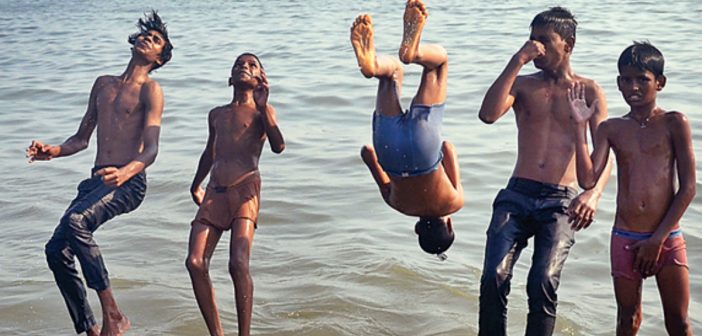Mumbai, the city that never sleeps, transforms into a city that relentlessly sweats during the scorching summer months. As temperatures soar and humidity climbs, life in this megapolis takes on a whole new set of challenges. This article delves into the issues that plague Mumbai during summers and explores the problems faced by its residents.
The Oppressive Heat:
The primary culprit behind Mumbai’s summer woes is the unrelenting heat. Temperatures routinely exceed 35°C (95°F), with peak days reaching a sweltering 40°C (104°F). Coupled with the city’s high humidity, this creates a stifling atmosphere that drains energy and makes even simple tasks feel like a battle.
Water Woes:
The intense heat coincides with a rise in water consumption. However, Mumbai’s water supply system, already strained, struggles to meet this increased demand. Residents often face water cuts or erratic supply, further compounding the discomfort caused by the heat.
Power Outages:
Adding fuel to the fire are frequent power outages. Mumbai’s aging electricity grid buckles under the pressure of increased air conditioner usage, plunging entire neighborhoods into darkness and disrupting essential services like water pumps. These outages can be particularly hazardous in hospitals and for those reliant on refrigerated medications.
Health Concerns:
The harsh summer conditions exacerbate existing health problems. Heatstroke, dehydration, and respiratory issues like allergies and asthma see a significant rise during this time. The elderly, children, and those with pre-existing health conditions are particularly vulnerable.
Impact on Infrastructure:
The scorching heat takes a toll on Mumbai’s infrastructure as well. Asphalt roads soften and buckle under the relentless sun, leading to potholes and traffic snarls. Railway tracks are also susceptible to warping due to the heat, causing delays and disruptions in train services.
Increased Fire Risk:
The dry and hot conditions create a tinderbox environment, increasing the risk of fire outbreaks. Slums, with their densely packed homes and narrow alleys, are particularly vulnerable. Accidental fires can spread rapidly, causing loss of life and property.
Economic Impact:
The scorching summers not only impact people’s well-being but also have a negative effect on the city’s economy. Labor productivity declines as workers struggle to cope with the heat. Outdoor businesses, such as street vendors and construction crews, see a dip in activity due to the harsh conditions.
Mental Health Toll:
The relentless heat and associated problems like power cuts and water scarcity can take a toll on mental well-being. People experience increased irritability, fatigue, and difficulty concentrating. In extreme cases, these factors can contribute to anxiety and depression.
Coping Mechanisms:
Mumbai’s residents have developed various coping mechanisms to survive the summer onslaught. Early mornings and evenings are the most pleasant times, with people venturing out during these cooler hours. Staying hydrated with water and cooling beverages is crucial. Many homes and businesses rely on air conditioners, though power outages can disrupt this strategy. Some residents seek refuge in parks or at beaches for temporary relief.
Looking Forward: Sustainable Solutions
Mitigating the impact of harsh summers requires a multi-pronged approach. Upgrading Mumbai’s water supply infrastructure and ensuring a more reliable electricity grid are essential first steps. Promoting rainwater harvesting and exploring alternative energy sources can contribute to long-term sustainability.
Planting more trees in the city can provide shade and a cooling effect. Heat-resistant materials can be used in building infrastructure to improve heat tolerance. Encouraging residents to adopt water-saving practices and implement energy-efficient cooling solutions in their homes can also play a critical role.
Conclusion:
Mumbai’s summers are a harsh reality that the city must learn to adapt to. While the challenges are significant, there are solutions to be found. By investing in infrastructure upgrades, promoting sustainable practices, and encouraging community resilience, Mumbai can weather the summer storms and ensure a more comfortable and healthy environment for its residents.





